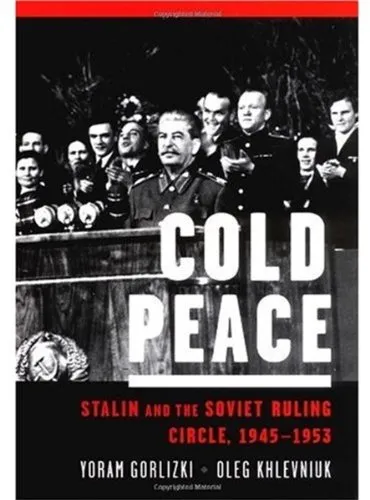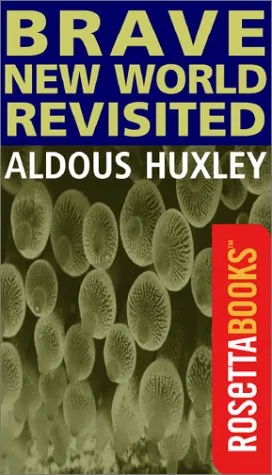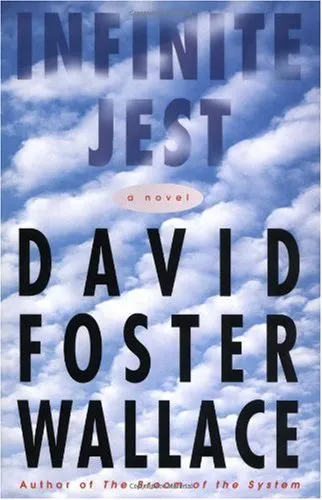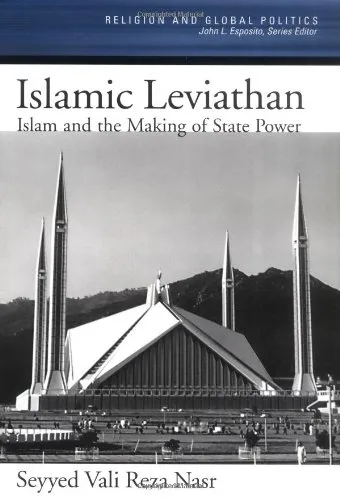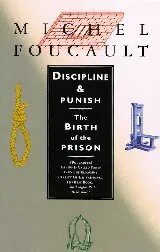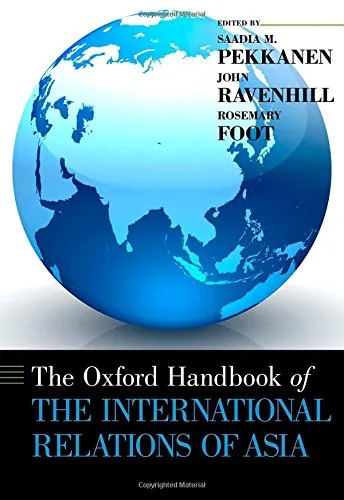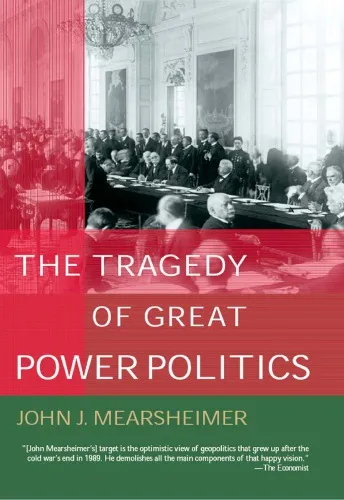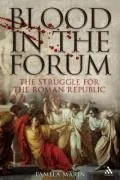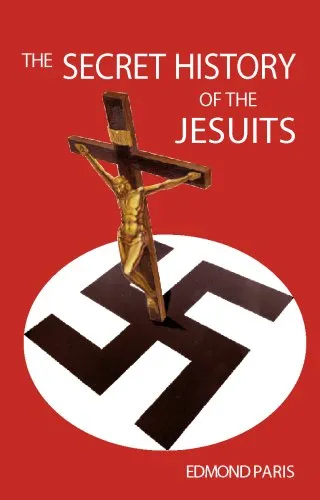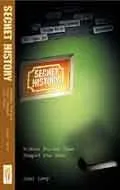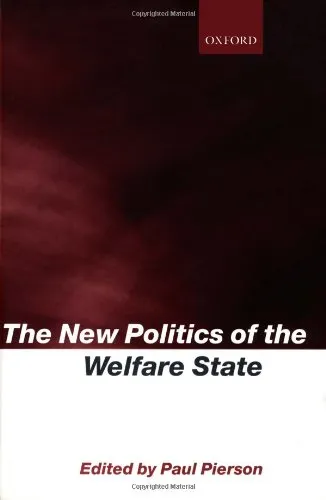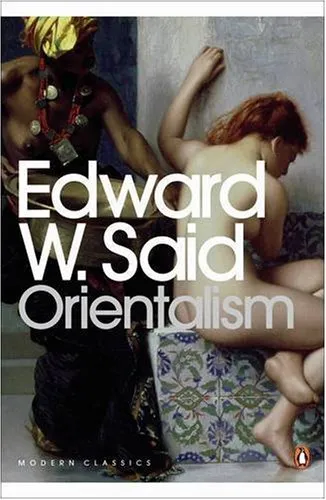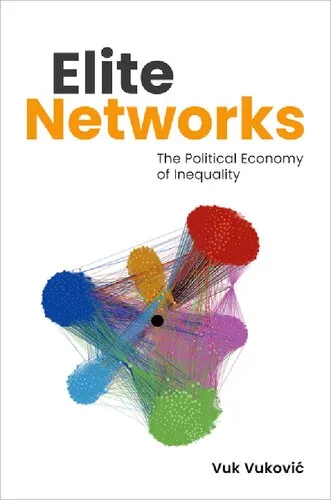Cold Peace: Stalin and the Soviet Ruling Circle, 1945-1953
4.5
بر اساس نظر کاربران

شما میتونید سوالاتتون در باره کتاب رو از هوش مصنوعیش بعد از ورود بپرسید
هر دانلود یا پرسش از هوش مصنوعی 2 امتیاز لازم دارد، برای بدست آوردن امتیاز رایگان، به صفحه ی راهنمای امتیازات سر بزنید و یک سری کار ارزشمند انجام بدینکتاب های مرتبط:
معرفی کتاب: صلح سرد: استالین و حلقه حاکم شوروی، ۱۹۴۵-۱۹۵۳
کتاب "صلح سرد: استالین و حلقه حاکم شوروی، ۱۹۴۵-۱۹۵۳" توسط یورام گورلیزکی و اولگ خلوینیوک نگاشته شده و به بررسی دوران پایانی حکومت جوزف استالین و نقش حلقه درونی حکومت او در این دوره میپردازد. این کتاب به دقت روابط پیچیده و تضادهای قدرت میان اعضای ارشد حزب کمونیست اتحاد جماهیر شوروی را تحلیل میکند.
خلاصهای جامع از کتاب
در این کتاب، نویسندگان به بررسی چالشها و مشکلاتی که استالین و حلقه حاکم او در پایان جنگ جهانی دوم و آغاز جنگ سرد با آن مواجه بودند، پرداختهاند. نویسندگان نشان میدهند که چگونه استالین، با وجود بیماری و کهولت سن، توانست همچنان قدرت را در دستان خود حفظ کند. تمرکز اصلی این کتاب بر روی سیاستهای داخلی و خارجی حکومت شوروی در این دوره، شامل کنترل بر اقمار اروپای شرقی و رقابت با ایالات متحده آمریکا است.
نکات کلیدی
- قدرت و نفوذ استالین در دوران پس از جنگ جهانی دوم و اثربخشی سیاستهای او در حفظ کنترل بر حزب کمونیست.
- نقش مهم شخصیتهای کلیدی مانند لاورنتی بریا و ماکسیموف مالنکوف در حلقه حاکم شوروی.
- تعامل و تضاد درون حزب کمونیست و تاثیر آن بر تصمیمگیریهای کلان کشور.
جملات معروف از کتاب
"در پایان عمرش، استالین به قدرت مانند همان دورههایی چنگ میزد که جسم و ذهنش در بهترین حالت خود بودند."
"صلح سرد میان روسیه و ایالات متحده در حقیقت بیشتر یک نبرد قدرت بودند تا یک دسیسه دیپلماتیک."
چرا این کتاب مهم است
این کتاب برای فهم بهتر دوره پایانی حکومت استالین و تاثیرات آن بر اتحاد جماهیر شوروی و جهان اهمیت دارد. تحقیقات دقیق نویسندگان و استفاده از اسناد معتبر، بینشی منحصر به فرد درباره ساختار قدرت و سیاستهای پس از جنگ در یکی از مهمترین دورههای تاریخ معاصر ارائه میدهند. این اثر برای تاریخشناسان و علاقهمندان به تاریخ سیاسی شوروی و جنگ سرد ارزشمند است.
Introduction
Welcome to the compelling narrative of "Cold Peace: Stalin and the Soviet Ruling Circle, 1945-1953." Authored by Yoram Gorlizki and Oleg Khlevniuk, this book delves deep into the intricate web of political dynamics, power struggles, and strategic maneuvers that defined the Soviet Union's governance in the crucial post-World War II era. This period represents a significant chapter in history, where decisions made behind the Kremlin's closed doors influenced not only domestic policies but also the global balance of power during the early Cold War years.
Detailed Summary
In "Cold Peace," Gorlizki and Khlevniuk meticulously unpack the complexities of Stalin's leadership during the last eight years of his rule. The book is an authoritative examination of the Soviet political landscape from 1945 to 1953, revealing how Stalin's decisions were shaped by both external pressures and his internal ruling circle. The authors provide a vivid portrayal of how Stalin maintained a delicate equilibrium of power within the Politburo and beyond, navigating through a post-war Soviet Union facing both reconstruction challenges and the emergence of the Cold War's ideological battleground.
The narrative highlights key figures within Stalin's inner circle, exploring how each played pivotal roles in shaping policies and influencing Stalin's strategies. Through archival evidence and scholarly research, the book offers insights into the personalities and intricacies of leadership and decision-making processes that defined this tumultuous period. The authors further delve into the role of bureaucratic institutions, party politics, and the overarching influence of Stalin's paranoid leadership style, which often resulted in purges and political repression.
Key Takeaways
- Understanding the mechanisms of Stalin's power: The book provides an in-depth analysis of how Stalin consolidated and maintained his authority over the Soviet Union during the post-war period.
- The impact of Stalin's policies on the Cold War: Insight into how Stalin's domestic and international policies contributed to the escalation of the Cold War.
- The role of the Soviet ruling circle: Exploration of the individuals within Stalin's inner circle and their influence on Soviet politics.
- Analysis of post-war reconstruction: A detailed examination of the Soviet Union's efforts to rebuild and modernize in the aftermath of World War II.
Famous Quotes from the Book
"The Soviet regime of the late Stalin years was a far cry from the homogeneous and monolithic portrait which so often features in conventional wisdom."
"Stalin's death deprived the system of its main element, leading to an immediate and profound transformation of political rules and mechanisms."
Why This Book Matters
"Cold Peace" is a vital contribution to the understanding of the Soviet Union's history and the global implications of its policies during Stalin's later years. For historians, political scientists, and anyone interested in Cold War studies, the book provides a comprehensive examination of a critical period. It challenges readers to rethink prevailing narratives about Soviet leadership and offers a nuanced perspective on how power was exercised and contested in the Soviet Union.
Through meticulous research, Gorlizki and Khlevniuk shed light on the complexities of governance under Stalin, offering a detailed account that is both enlightening and thought-provoking. The book is an essential resource for understanding how Stalin's strategic decisions shaped not only the destiny of the Soviet Union but also set the stage for the subsequent Cold War tensions that defined much of the 20th century.
دانلود رایگان مستقیم
شما میتونید سوالاتتون در باره کتاب رو از هوش مصنوعیش بعد از ورود بپرسید
دسترسی به کتابها از طریق پلتفرمهای قانونی و کتابخانههای عمومی نه تنها از حقوق نویسندگان و ناشران حمایت میکند، بلکه به پایداری فرهنگ کتابخوانی نیز کمک میرساند. پیش از دانلود، لحظهای به بررسی این گزینهها فکر کنید.
این کتاب رو در پلتفرم های دیگه ببینید
WorldCat به شما کمک میکنه تا کتاب ها رو در کتابخانه های سراسر دنیا پیدا کنید
امتیازها، نظرات تخصصی و صحبت ها درباره کتاب را در Goodreads ببینید
کتابهای کمیاب یا دست دوم را در AbeBooks پیدا کنید و بخرید
1449
بازدید4.5
امتیاز0
نظر98%
رضایتنظرات:
4.5
بر اساس 0 نظر کاربران
Questions & Answers
Ask questions about this book or help others by answering
No questions yet. Be the first to ask!
